The various forms of yoga have contributed to its enduring appeal throughout thousands of years. There are numerous variations of this age-old workout, so there is something for everyone. To make it easier for you to choose a yoga style that suits you and your lifestyle, we’ve concentrated on 5 major types of yoga which are popular as well.
Yoga has a history of 5,000 years and includes many types of movement, awareness, and meditation. There is certain to be a style of yoga that suits you, from gentle stretches and meditative breathing techniques. Yash Birla, the great fitness icon of India, suggests practising yoga on a daily basis.
Read on to learn about the 5 major types of yoga as we explore their origins, style and benefits for both the mind and body.
The 5 major types of yoga and their benefits
-
Vinyasa Yoga
Many of the traditional yoga positions, such as those in the sun salutation sequence, are featured in vinyasa yoga courses. However, you move continuously between stances as you “flow” rather than being stationary in poses. Flowing from one pose to the next allows you to coordinate your breath with your movement, which has a relaxing effect.
This particular form of yoga is frequently referred to as a form of moving meditation. For those who suffer from disorders like anxiety and depression, this kind of soothing meditation may be beneficial. If you want to increase your endurance, vinyasa yoga might be a suitable choice. It’s frequently taught in a vigorous, athletic manner that has a heart-warming effect.
-
Ashtanga Yoga
The flowing movements and breathing patterns of vinyasa yoga and ashtanga yoga both share some characteristics.
However, ashtanga has a prescribed sequence of poses from which you cannot depart, whereas vinyasa sessions are more variable.
Additionally, ashtanga yoga programmes frequently emphasise meditation, which implies it may have additional advantages for your mental health.
For instance, a small 2017 study indicated that persons who practised ashtanga yoga twice a week for nine weeks saw significant increases in their sense of self-worth as well as a reduction in their symptoms of anxiety and sadness.
-
Hatha Yoga
Hatha yoga has historically been used as a catch-all phrase for numerous different types of yoga.
Hatha yoga is the term used for the majority of the current yoga forms. This comprises the ashtanga, hot, vinyasa, and Iyengar forms of yoga.
In contrast to a style like Vinyasa, hatha yoga classes in the west typically involve holding poses for extended periods of time.
Hatha positions, on the other hand, might linger for more than a minute, whereas with vinyasa practice, you might only maintain a pose for a few seconds.
You can do hatha yoga positions while standing, sitting, or lying down. Additionally, because you’re holding them for extended lengths of time, it helps strengthen your muscles and enhance your balance.
-
Iyengar Yoga
Iyengar yoga is a slower-paced form of yoga where poses are held for extended periods of time and physical props like straps and blocks are used. The perfect alignment of the body is stressed in the yoga system known as Iyengar yoga.
If you don’t have a complete range of motion in your body, Iyengar can be a terrific option because yoga props can help you align properly.
One of the earliest forms of yoga to take into account physical limits was Iyengar.
-
Hot Yoga
Another yoga form with a more structured pattern is hot yoga. You will typically perform two sets of 26 poses in 104 °F heat during hot yoga classes.
Bikram yoga is another name for hot yoga. Those who practise this kind of yoga typically feel the beneficial effects of the heightened sweating of this exercise, sometimes described as “euphoric,” despite the fact that the heat can be scary.
Additionally, the heat may facilitate muscle relaxation and increase flexibility.


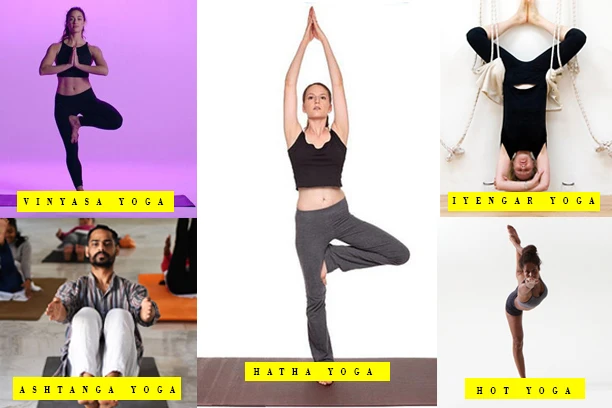
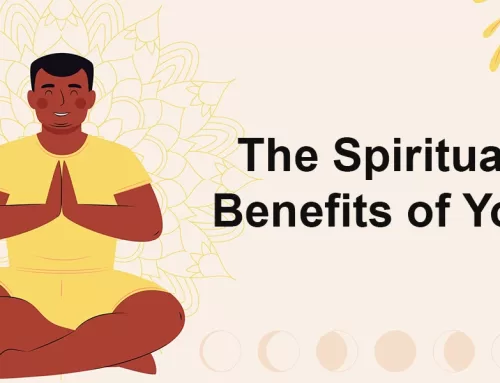
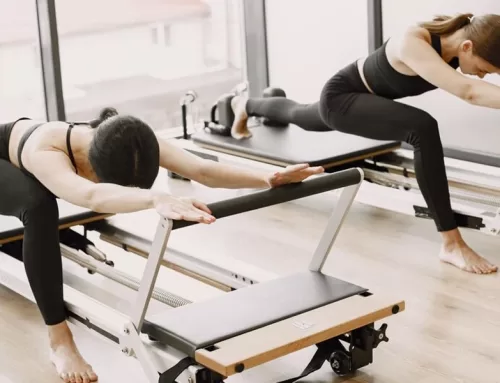
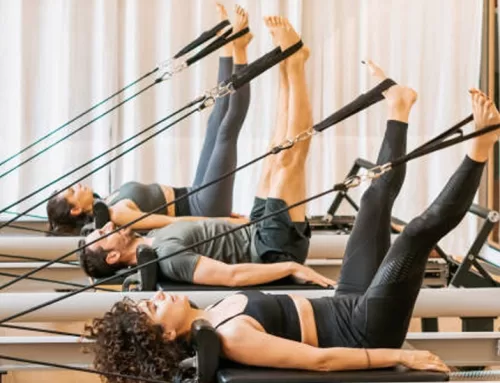
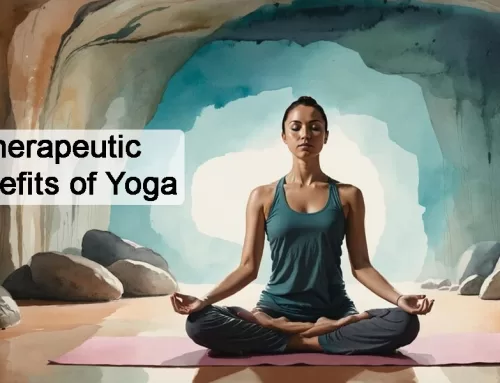
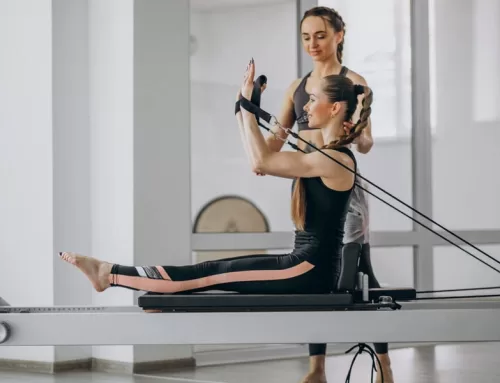
Leave A Comment